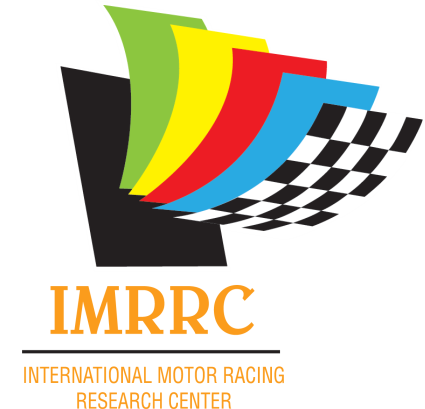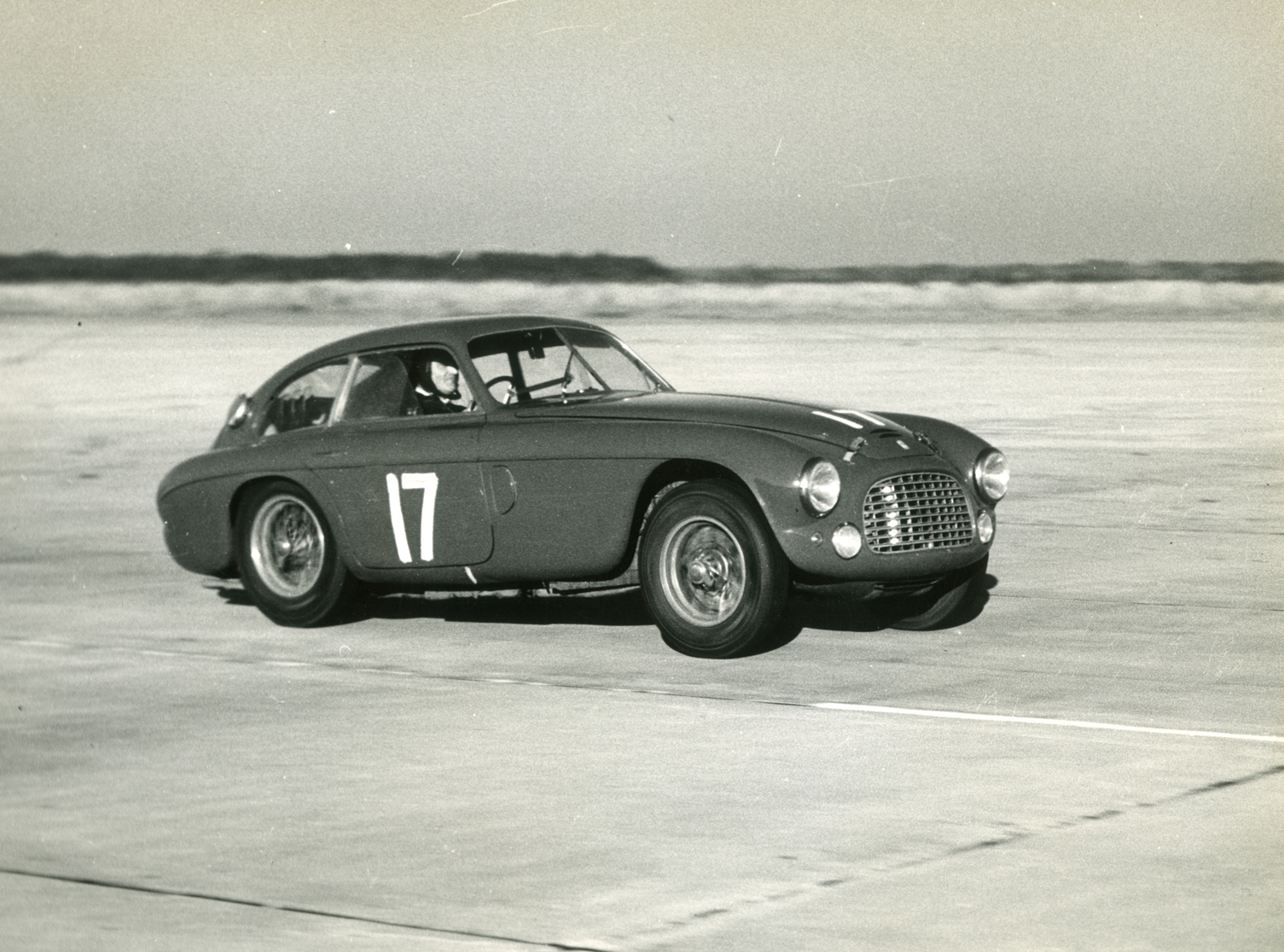Born in Milan in 1905, Luigi Chinetti is best known for being the exclusive distributor of Ferraris in the U.S from the beginning of Ferrari’s firm immediately after World War II. Long before that happened, he began to build a resume when he secured a minor’s work permit from the Italian government as a lathe operator when he was twelve and another as a machinist when he was fourteen. He met Enzo Ferrari when they both worked for Alfa Romeo in the 1920s.
With the rise of Fascism under Mussolini, Chinetti became uncomfortable in Italy and moved to Paris the mid-1920s. He began to race, winning Le Mans in 1932 and 1934. Before the war, he was associated as both a driver and team manager with private and factory entrants that ran Alfa Romeos, Talbot-Lagos, Delahayes, Delages, and Maseratis, bringing a pair of the latter to the 1940 Indianapolis 500 in 1940. His Indianapolis adventures before the war led to his becoming the most important bridge between the European and American road racing worlds after the war, at a time when much more than an ocean separated them. He secured an entry for many Americans at Le Mans and other European events as well as promoting Americans through his North American Racing Team and by placing some with the Ferrari works team. The latter included Phil Hill, the only American-born World Grand Prix Champion, who drove a Ferrari to the title.
While Chinetti was at the 500 in 1940, the Germans were completing their invasion of France and would take Paris on June 10, 1940, just ten days after the Indianapolis race. Chinetti remained in the U.S., during the war. Afterward, he spent long periods in Milan, Modena, and Paris and was the sole French importer for Ferrari for a while. He also added to his racing reputation, winning Ferrari’s first big international victory in a 12 Hour race in 1948 at Montlhéry, France, where he drove the entire race by himself. He also won his third Le Mans the following year in another Ferrari. These early victories led to Ferrari putting some orders on the books at a time he desperately needed them. Despite his European connections in France and Italy, Chinetti’s primary home remained in New York, and he became a U.S. citizen in 1950.
The Montlhéry car was a 166 Spyder Corsa, and after some successful record runs late in 1948, the car was sold to the leading entrant in the post-war revival of U. S. road racing, Briggs Cunningham, a wealthy sportsman. When he bought the 166 in the fall of 1949 to take part in a race at Bridgehampton, it had not been freshened since the record runs. This did not sit well with either Cunningham or Alfred Momo, an Italian immigrant who prepared Cunningham’s cars. Nonetheless, the Ferrari led easily until an oil line behind the exhaust header broke and could not be repaired in time, so the car was retired, becoming the first Ferrari to race in America. Once Momo got the parts he needed, the 166 also became the first Ferrari to win a race in America (Suffolk County Airport 1950).
There was some friction between Cunningham and Chinetti because of the condition of the car when delivered, but Cunningham’s later success with it softened Cunningham’s view and he was soon ordering another Ferrari from Chinetti. This was a 195 S, featuring bodywork by Touring of Milan, a beautiful Le Mans coupe.
American sports car racing was run at the time by the Sports Car Club of America, which had a strictly amateur policy. This was to discourage professional oval drivers from taking part in SCCA events. There was no prize money and anyone who raced for money anywhere would lose their SCCA license. The SCCA people did not want the professionals beating them. Another consideration was a class one. Many SCCA participants were preppies from St. Mark’s, St. Paul’s, Andover and the like and had matriculated to Harvard and Yale. The leaders of the club definitely believed in “the right crowd and no crowding.” The Indianapolis drivers were working class and were looked down upon socially, if not in talent. This type of attitude also led to discrimination against Jewish membership applicants, let alone blacks and Latinos. More enlightened leadership was soon elected.
Alec Ulmann was a Russian émigré who had an aviation business at a largely unused airport in Sebring, Florida. He had been involved in the organization of the earlier Watkins Glen and Palm Beach Shores races and was a proponent of professional racing in America. He organized a six-hour event at a leftover B-17 bomber training base in Sebring, Florida, to be run on New Year’s Eve 1950, hoping to create a race as prestigious as Le Mans and other classic European endurance races.
Photo credit: Jack Cansler
The image here of Cunningham’s coupe at Sebring that day brings to mind a number of historic events. One is that when the car arrived at Momo’s, it smoked badly when it was started. Cunningham was outraged, as he planned to drive the car in the race. Chinetti simply told him that the rings had not yet seated and everything would be fine. Cunningham switched his ride to an Aston Martin DB2 and suggested that Chinetti and Momo drive the Ferrari.
As was so often when cars and their engines were concerned, Chinetti was proven to be correct. Once again driving alone, he brought the little Ferrari coupe home in 7th on handicap and fifth on distance. Cunningham’s Aston was 17th and 8th.
Another dust bunny of history is that despite the notoriety of Luigi Chinetti’s North American Racing team from the mid-1950s, this was the only time Chinetti himself raced in America. He came from the European tradition of prize, accessory and starting money and had little interest in entering one of his $12,000 Ferraris in a race where the winner would receive a silver cup or engraved tray.
Cunningham and Chinetti would share one more dispute about a Ferrari, four years later. But that’s another story.
-Michael Lynch, Member of the IMRRC Historians Council


